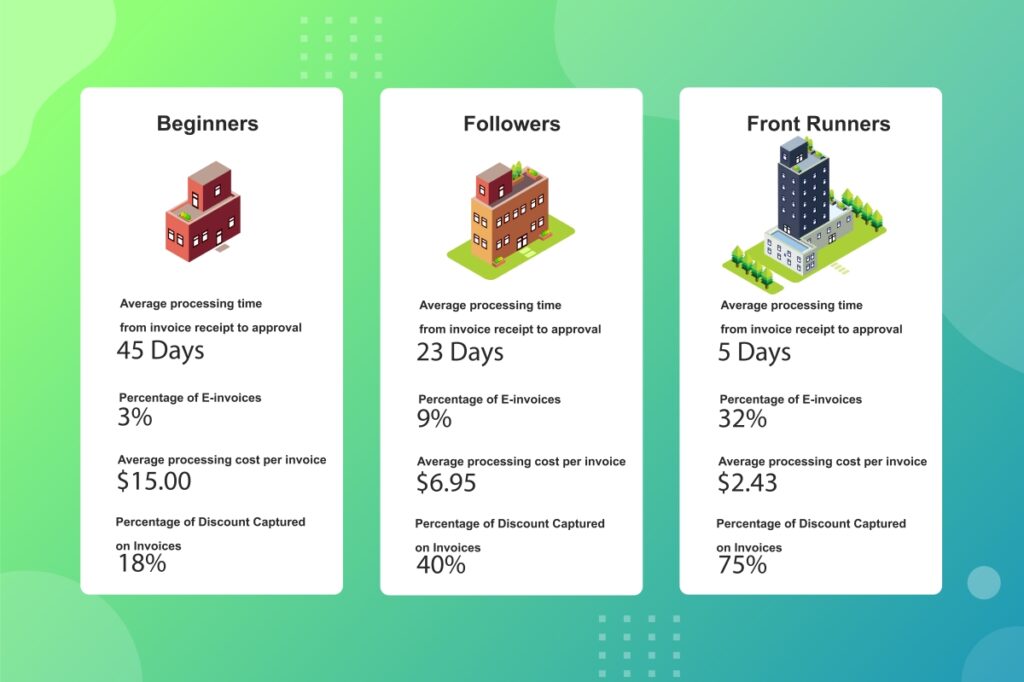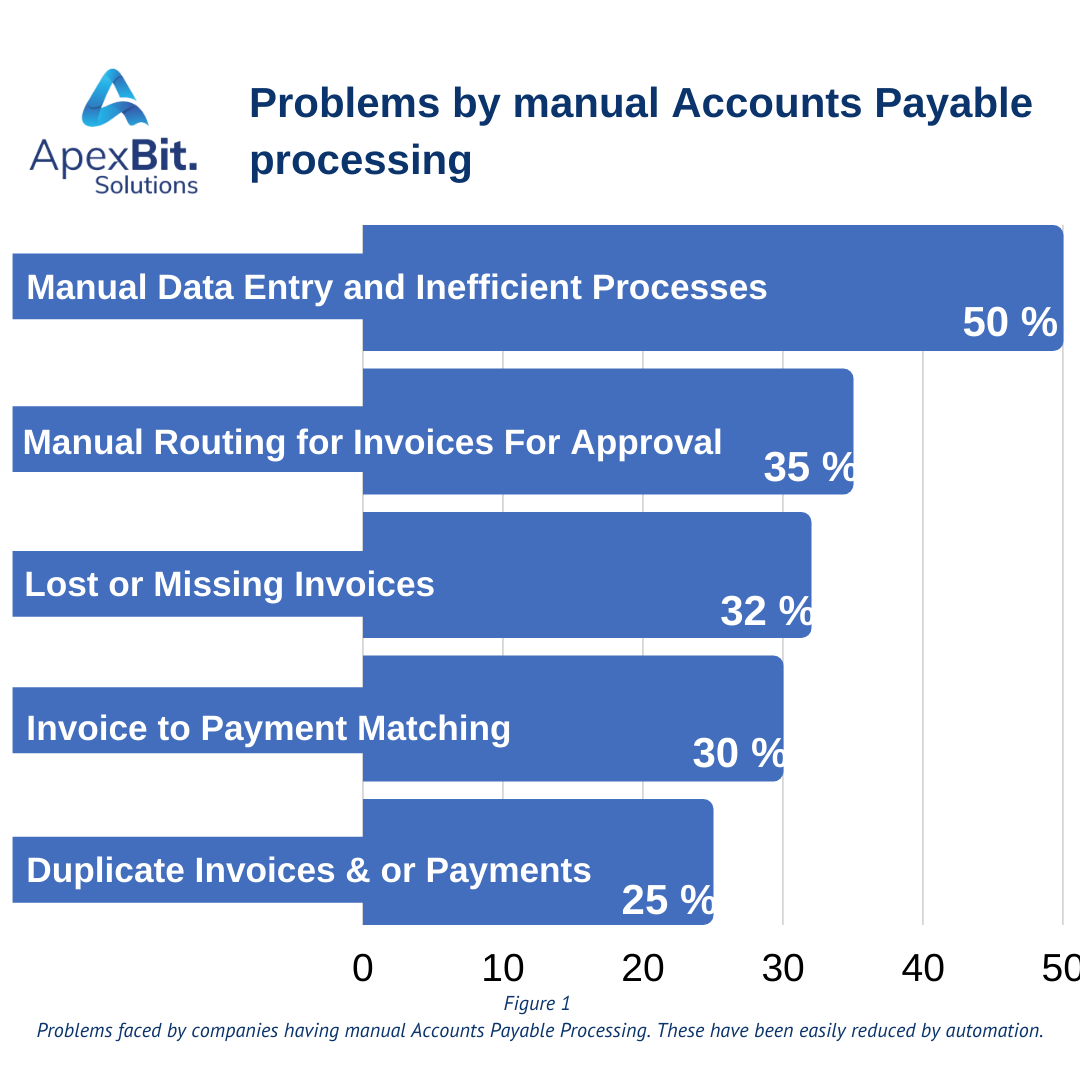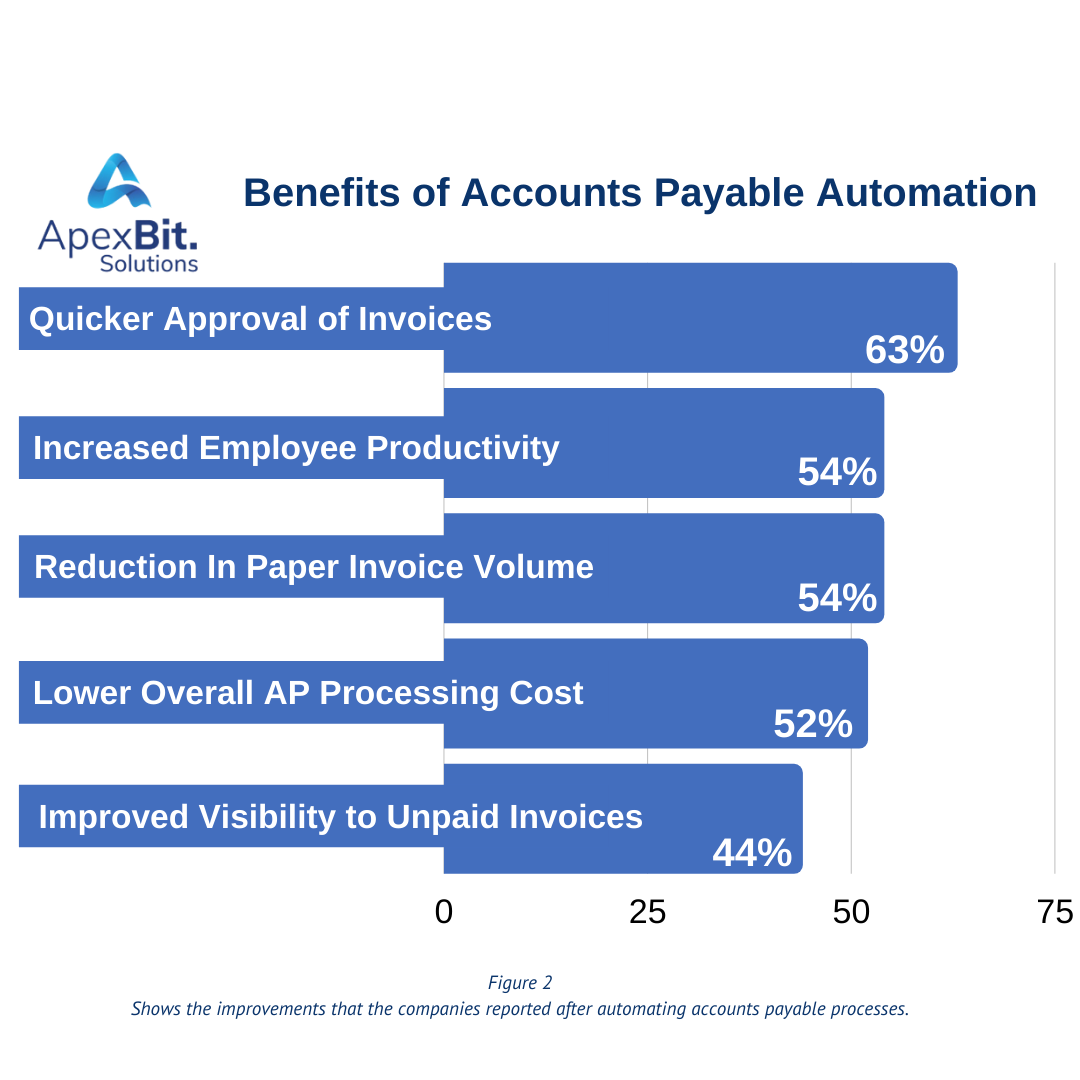5 Ways within Organizations to Efficiently Enforce RPA in Marketing
RPA stands for automation of robotic systems, which is the mechanization of business processes using routine activities done by machine tools. There are numerous cases of automation of robotic processes that can lead to substantial improvements in productivity and time. Specifically, in terms of sales and marketing, RPA adoption will reduce repetitive tasks by almost 80%. This means that humans can have much more time and energy for innovative and non-repetitive activities, with 59% of business processes predicted to be automated by 2022. It also means you may have to hunt for a new career, but now let’s not get into it.
Automation plays a growing role, encouraged by the often simple integration of RPA with the existing IT infrastructure.
Here are 5 ways within these organizations to efficiently enforce RPA.
1) Storing Current and New Information for Consumers
A noteworthy case of robotic process automation is that it helps one to store consumer data in a structured and open way. Automatic sorting of various data types, as well as simple visualization of company-wide data, can save time compared to manually entering this information.
2) Cultivating Leads
To automatically nurture leads from a number of different networks, RPA can be used. RPA will lead to quicker and quicker lead nurturing to boost revenue by facilitating instant follow-up and connexions with leads. RPA may encourage the providing of timely responses to data as well as produce polite and attractive responses to advance the discussion.
3) Business Intelligence Reporting
There is a multitude of marketing and distribution details available to the organization that will take way too much time having to manually manage it. On the other hand, in order to simplify these procedures, RPA can be used to set business-defined laws. For eg, RPA bots can all be followed by new business entrants, related activities, promotions, and competitor messaging. Most notably, insights into current account behavior will enable sales reps to reach out at the right time. For eg, if an existing customer has not renewed and is close to the end of their RPA subscription, the respective account holder will be told to check up with the customer and seek to get a renewal.
4) Maintaining & Analysing Competition and Pricing
There are numerous RPA solutions that allow one to watch websites and prices of rivals in real-time, to obtain updates when there is one. This will allow corporations to change their rates accordingly without having to search rival websites manually.
5) Efficient Processing of Sales and Invoice Orders
It is a very time-intensive process to ensure that the data is accurate within an organization. Sales professionals expend large sums of time inserting data into the CRM system, which for the finance department must then be entered into a separate system. Such knowledge transitions contribute to substantial decreases in precision, accuracy, and efficiency. Sales order activities, such as entering sales orders and generating their corresponding invoices, can be automated by RPA on an end-to-end basis. It can also process invoices from multiple formats into unified data directly into a single storage structure. RPA does not only simplify the input of data, but it can process multiple stages of decision-making and search for separate errors.











Recent Comments